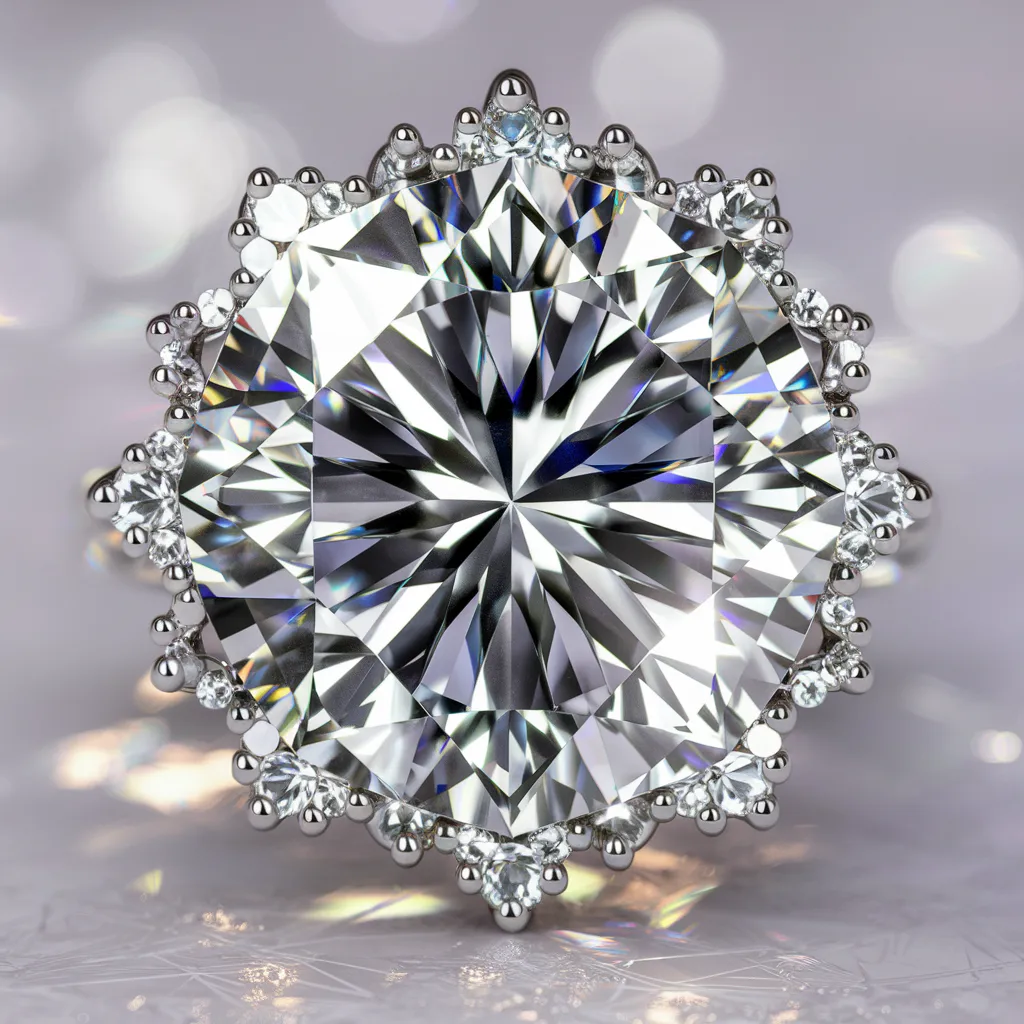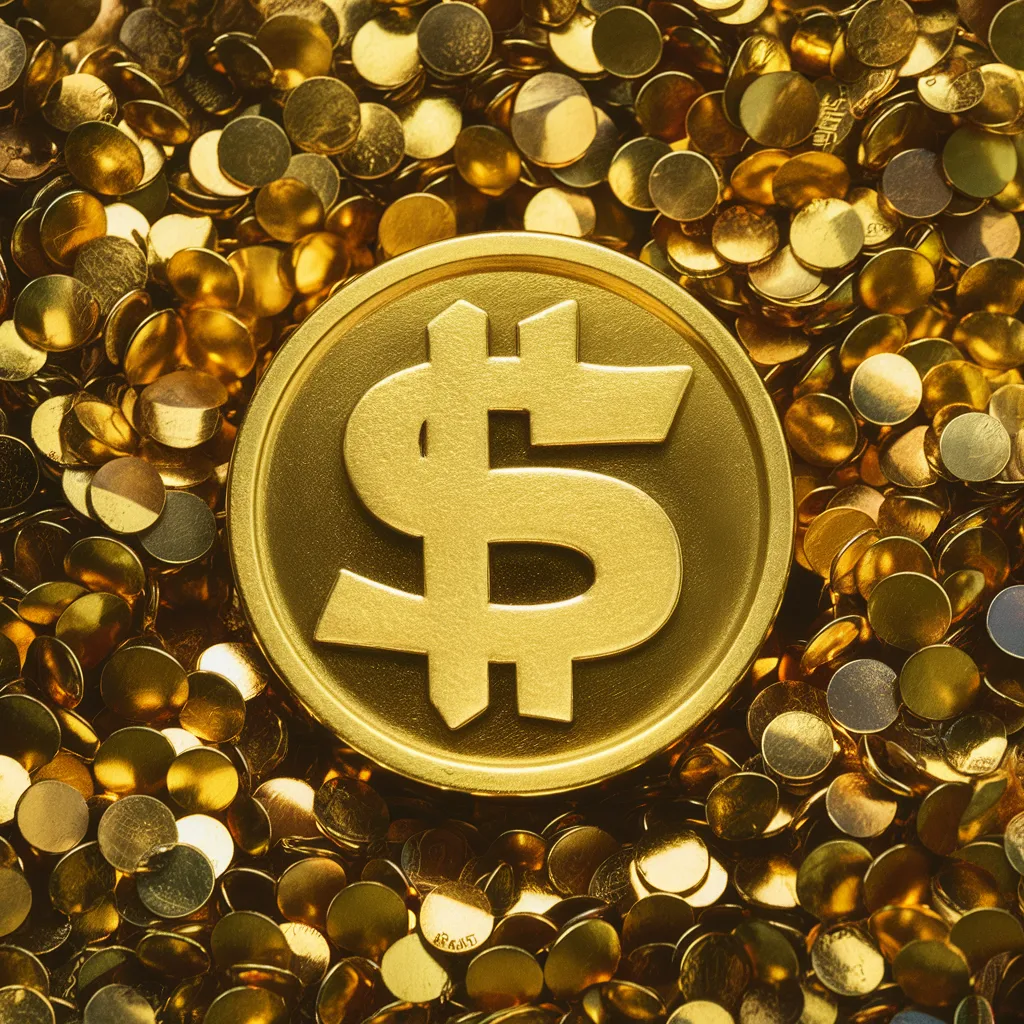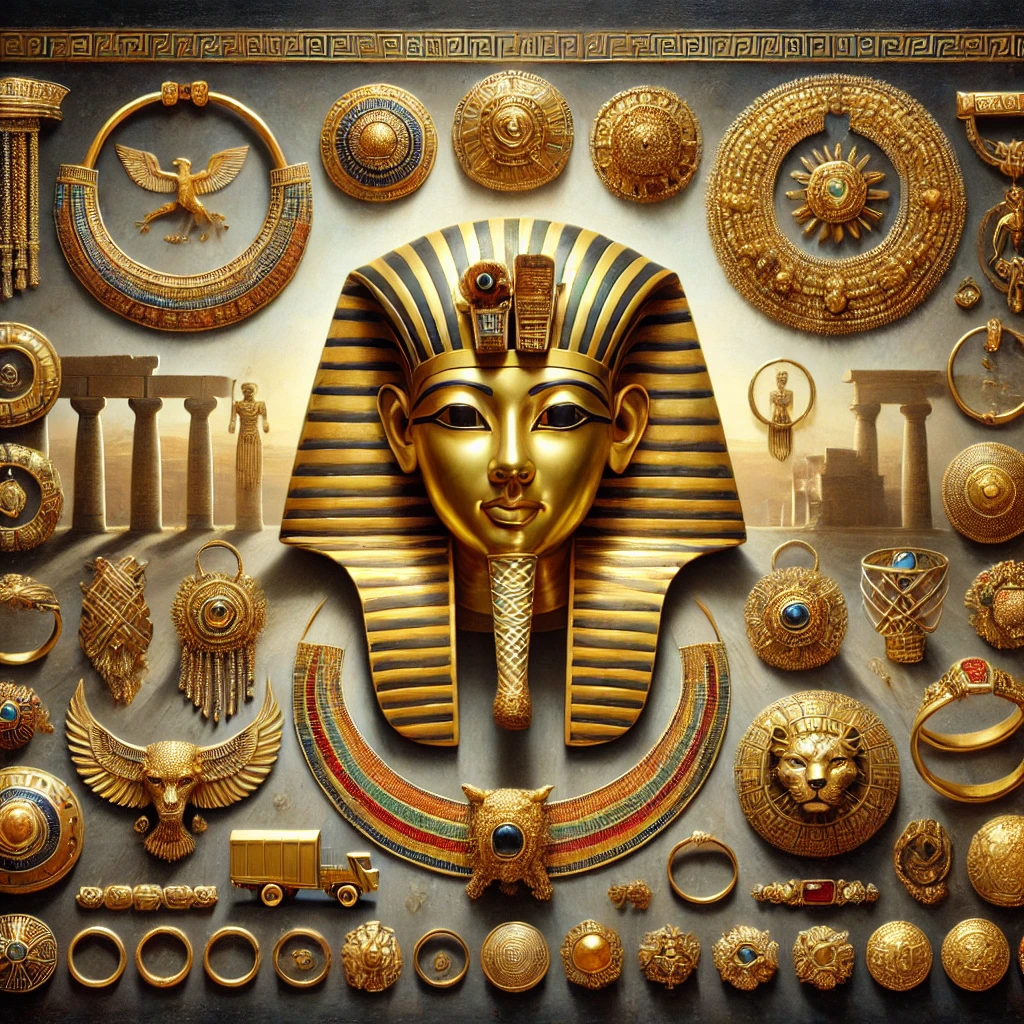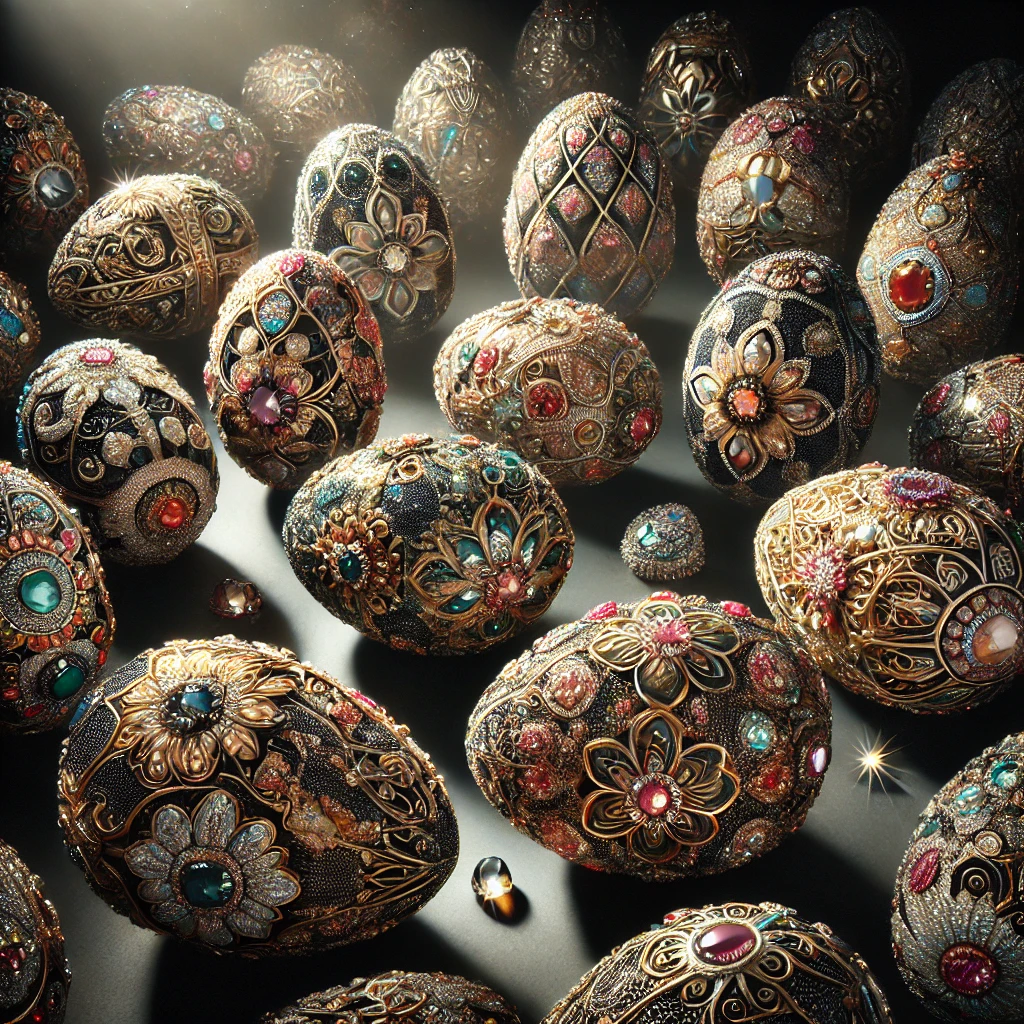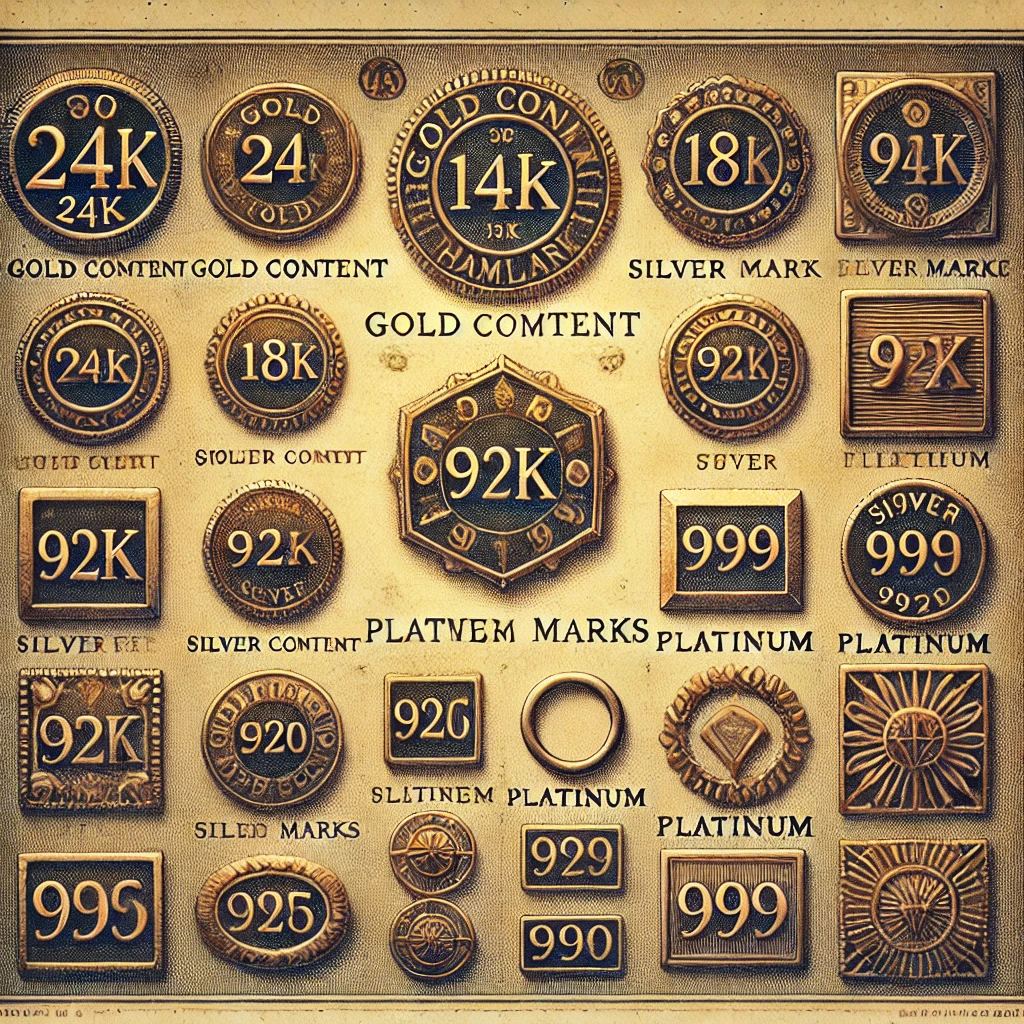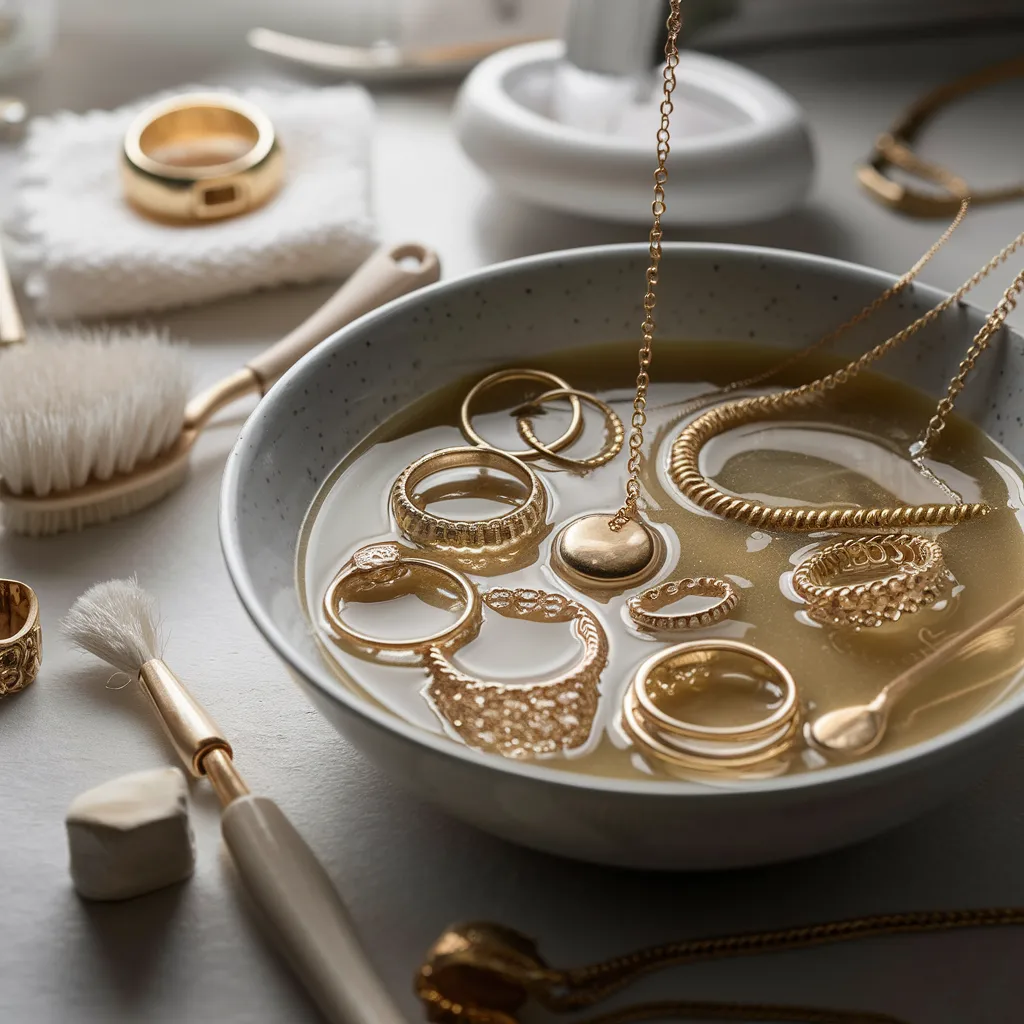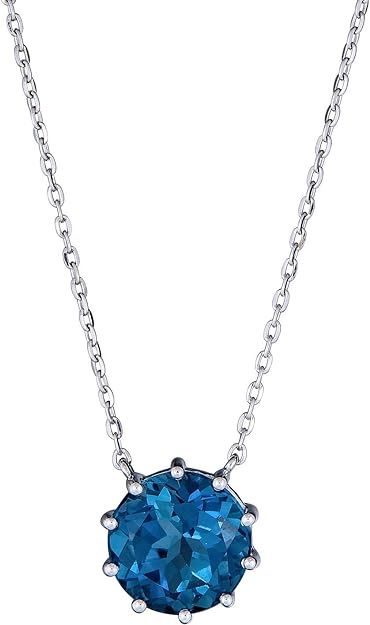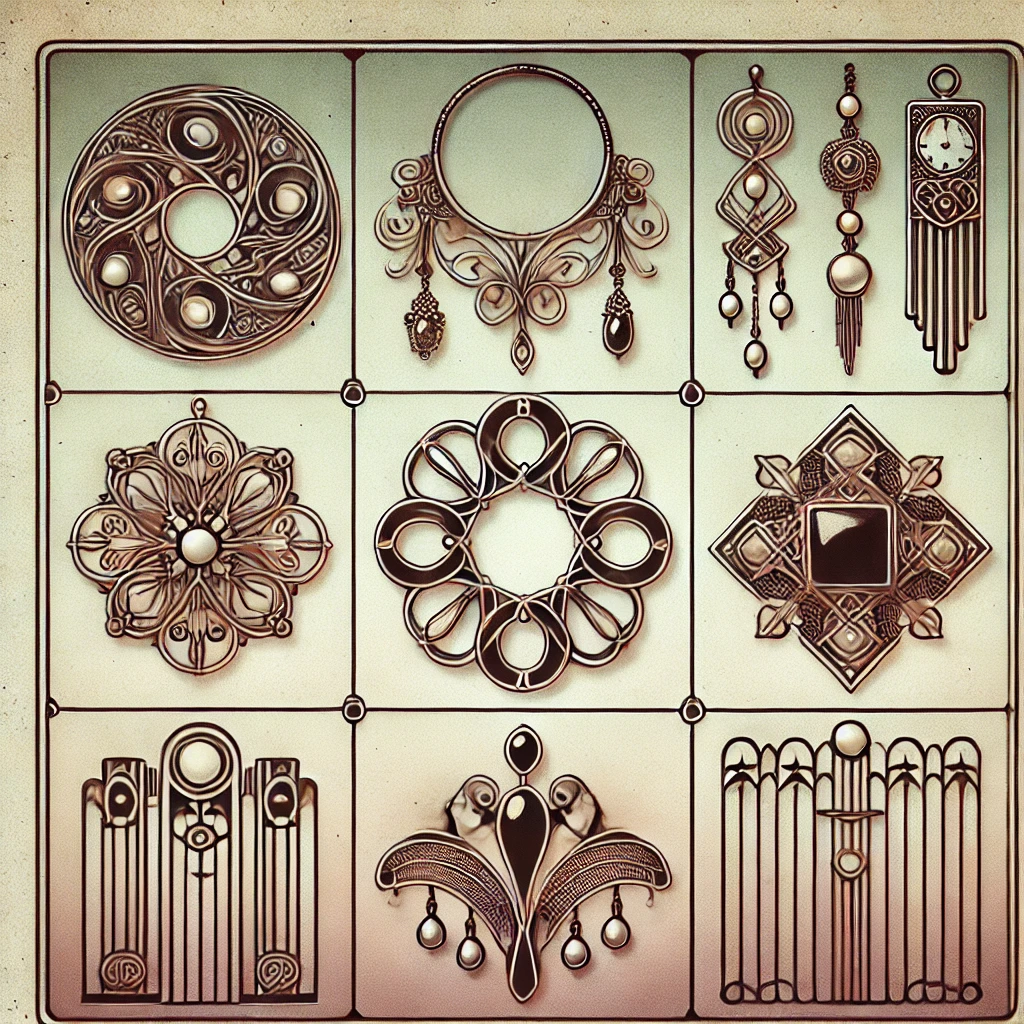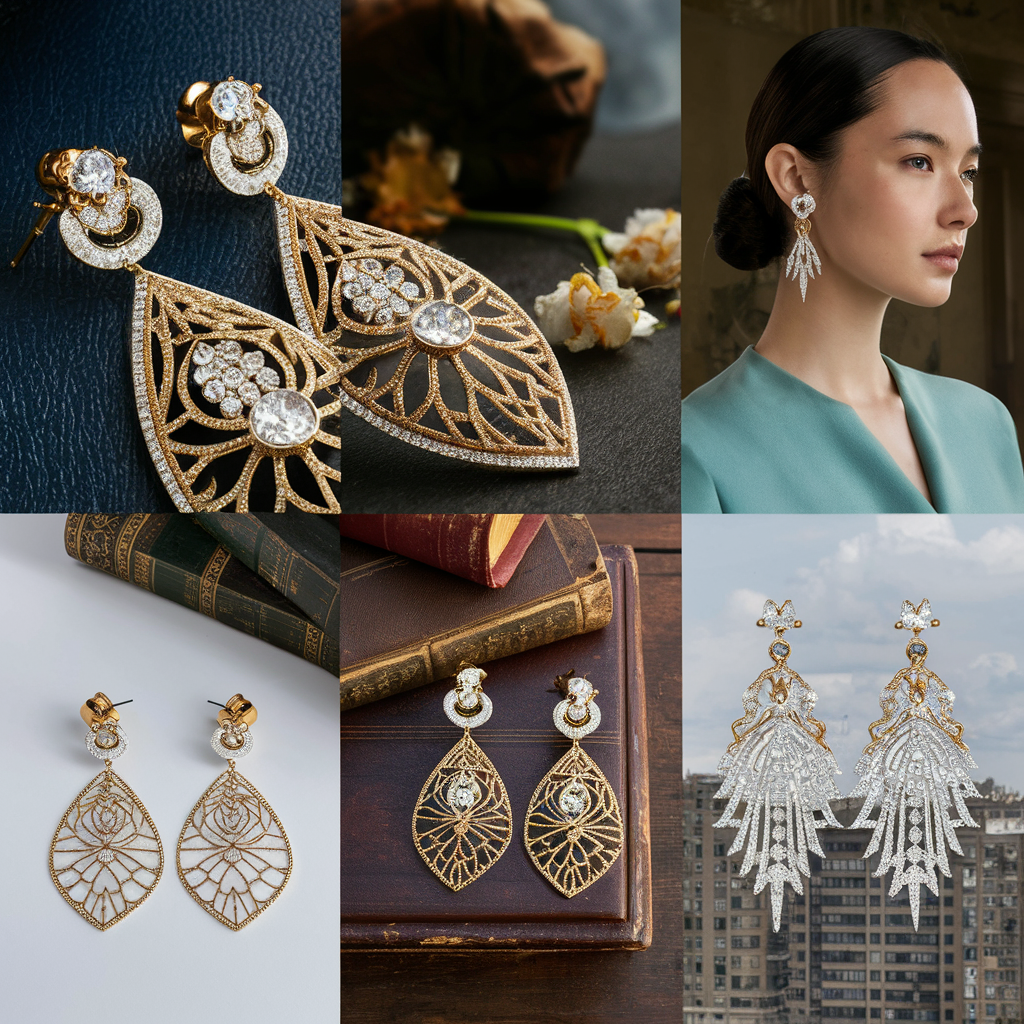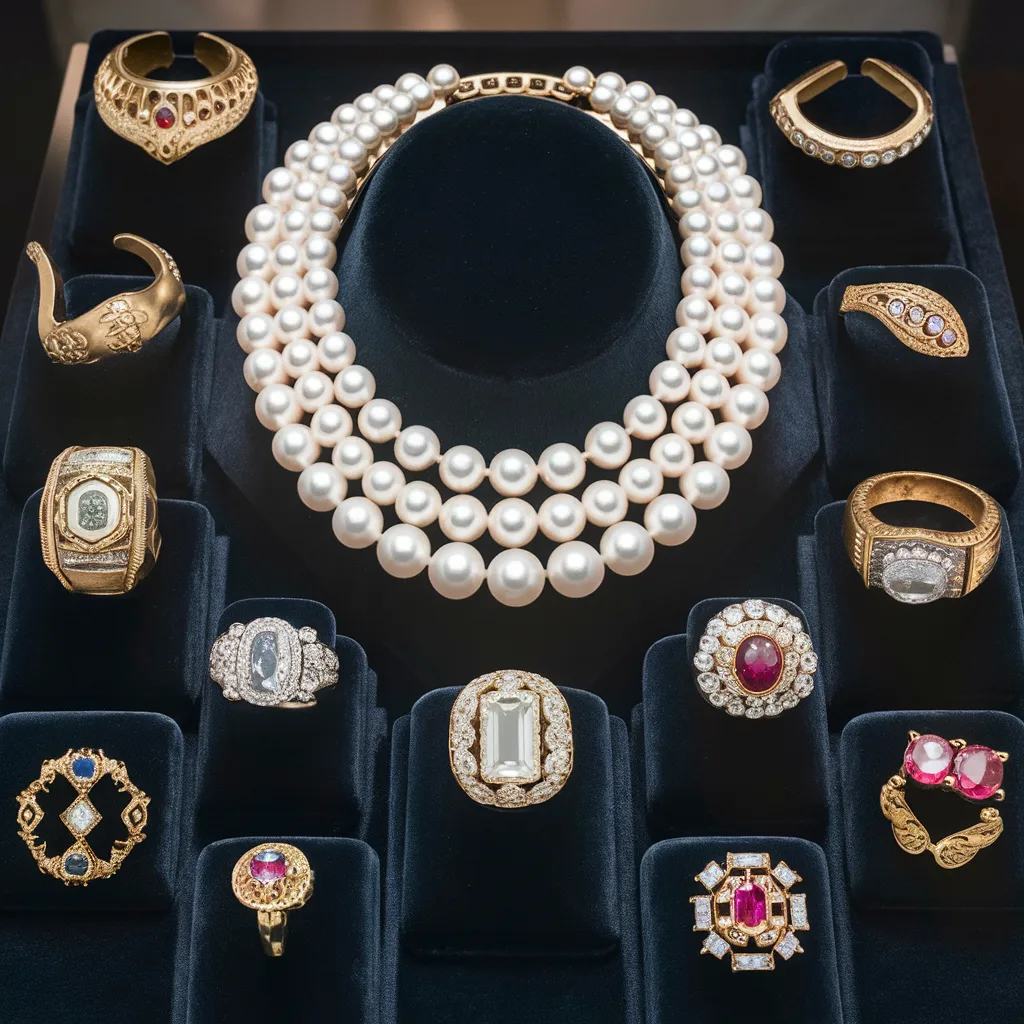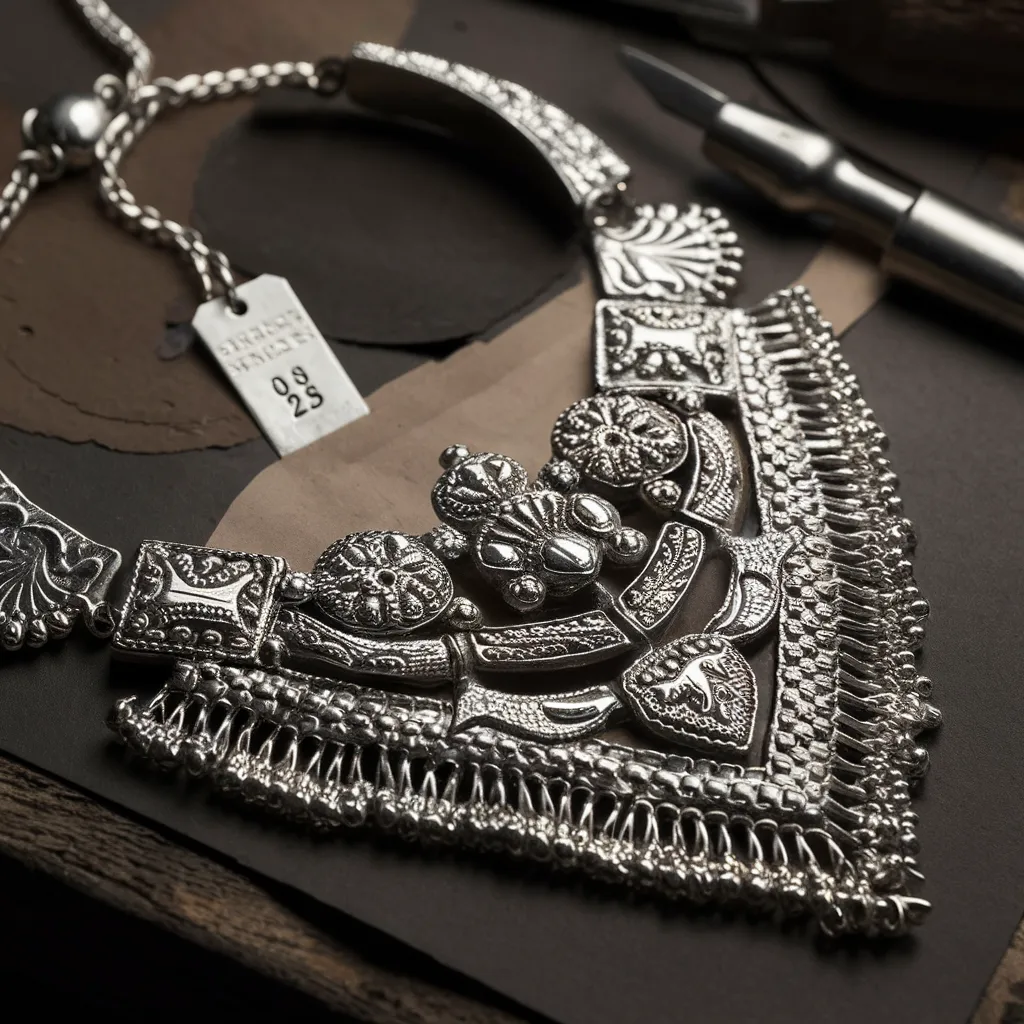
what does 925 mean on jewelry
Introduction
Jewelry has been an integral part of human culture for centuries, symbolizing wealth, status, and personal expression. Among the various markings found on jewelry, "925" is one of the most common yet often misunderstood. If you've ever wondered what 925 means on jewelry, you're not alone. This article will delve into the meaning of 925, its significance, and how it impacts the quality and value of your jewelry pieces.
What Does 925 Mean on Jewelry?
The "925" stamp on jewelry indicates that the piece is made of sterling silver. Sterling silver is an alloy composed of 92.5% pure silver and 7.5% other metals, typically copper. The number "925" signifies the purity of the silver, ensuring that the jewelry meets a high standard of quality.
Why Use 925 Silver?
Pure silver, also known as fine silver, is too soft for making durable jewelry. By alloying it with other metals, the resulting sterling silver becomes stronger and more suitable for crafting lasting pieces.
History of 925 Silver
Sterling silver has a rich history dating back to the 12th century. It became popular in Europe, especially in England, where it was used for coinage, household items, and jewelry. The term "sterling" is believed to have originated from the Old English word "steorling," meaning little star, reflecting the high value and quality of the metal.
Evolution of Standards
Over time, the standards for sterling silver were codified, ensuring consistency and trust in the purity of the metal. The 925 hallmark became an internationally recognized indicator of sterling silver quality.
Composition of 925 Silver
The Silver Content
Sterling silver contains 92.5% pure silver, with the remaining 7.5% typically being copper. This combination enhances the metal's durability without compromising its aesthetic appeal.
Alloying Metals
Copper is the most common metal used in the alloy, but other metals like zinc and nickel can also be used. However, copper remains the preferred choice due to its ability to enhance the hardness and workability of the silver while maintaining its desired color and luster.
How to Identify 925 Silver Jewelry
Identifying 925 silver jewelry involves checking for specific marks and characteristics that indicate its authenticity.
Hallmarks and Stamps
The most reliable way to identify sterling silver is by looking for hallmarks or stamps. Common markings include:
- "925" or ".925"
- "Sterling"
- "Ster"
These marks are usually found on the clasp of necklaces and bracelets, the inside band of rings, or the post of earrings.
Visual and Physical Tests
Sterling silver has a distinct sheen and appearance. It is less shiny than pure silver but more reflective than other metals. Additionally, it is heavier than cheaper metals like aluminum but lighter than pure silver.
Chemical Tests
Chemical tests can be used to verify the authenticity of sterling silver. For instance, applying a small drop of nitric acid to the metal can indicate whether it is genuine; sterling silver will typically turn a creamy white color, while fake silver will turn green or black.
Benefits of 925 Silver
Sterling silver offers several advantages that make it a popular choice for jewelry.
Durability
The addition of other metals makes sterling silver durable enough for everyday wear without losing its shape or integrity.
Hypoallergenic Properties
925 silver is generally hypoallergenic, making it a suitable choice for people with sensitive skin.
Aesthetic Appeal
Sterling silver has a timeless and elegant look that can complement various styles and occasions.
Versatility
925 silver can be easily shaped and adorned with gemstones, allowing for a wide range of designs and customization options.
How to Care for 925 Silver Jewelry
Proper care is essential to maintain the beauty and longevity of 925 silver jewelry.
Cleaning Tips
- Use Mild Soap and Water: Clean your jewelry with mild soap and water, then dry it with a soft cloth.
- Avoid Harsh Chemicals: Keep your jewelry away from harsh chemicals like chlorine and bleach, which can damage the metal.
- Polish Regularly: Use a polishing cloth designed for silver to maintain its shine.
Storage Tips
- Store in a Cool, Dry Place: Moisture can cause tarnishing, so keep your jewelry in a cool, dry place.
- Use Anti-Tarnish Strips: Place anti-tarnish strips in your jewelry box to prevent tarnishing.
- Separate Pieces: Store silver pieces separately to avoid scratches and tangling.
925 Silver vs. Other Silver Alloys
Understanding the differences between 925 silver and other silver alloys can help you make informed purchasing decisions.
Fine Silver (999)
Fine silver is 99.9% pure silver, making it softer and more prone to scratches and deformation than 925 silver.
Coin Silver (900)
Coin silver is 90% silver and 10% other metals. It is less common in jewelry but still used in some antique pieces.
Argentium Silver
Argentium silver is a modern alloy that replaces some of the copper in sterling silver with germanium, making it more resistant to tarnishing.
Common Misconceptions About 925 Silver
Several myths and misconceptions surround 925 silver. Let's debunk some of the most common ones.
"925 Silver is Not Real Silver"
This is false. 925 silver is real silver; it is simply alloyed with other metals to enhance its durability.
"925 Silver Tarnishes Easily"
While 925 silver can tarnish over time, proper care and storage can significantly reduce this risk.
"925 Silver is Expensive"
Sterling silver is more affordable than gold and platinum, making it an excellent choice for high-quality yet reasonably priced jewelry.
Conclusion
Understanding what 925 means on jewelry can enhance your appreciation for sterling silver pieces. The 925 stamp signifies a high standard of quality and durability, making it a popular choice for various jewelry items. By knowing how to identify, care for, and differentiate 925 silver from other alloys, you can ensure that your jewelry remains beautiful and valuable for years to come.
Whether you're purchasing a new piece or inheriting a family heirloom, recognizing the significance of 925 silver will help you make informed decisions and enjoy your jewelry to the fullest.

